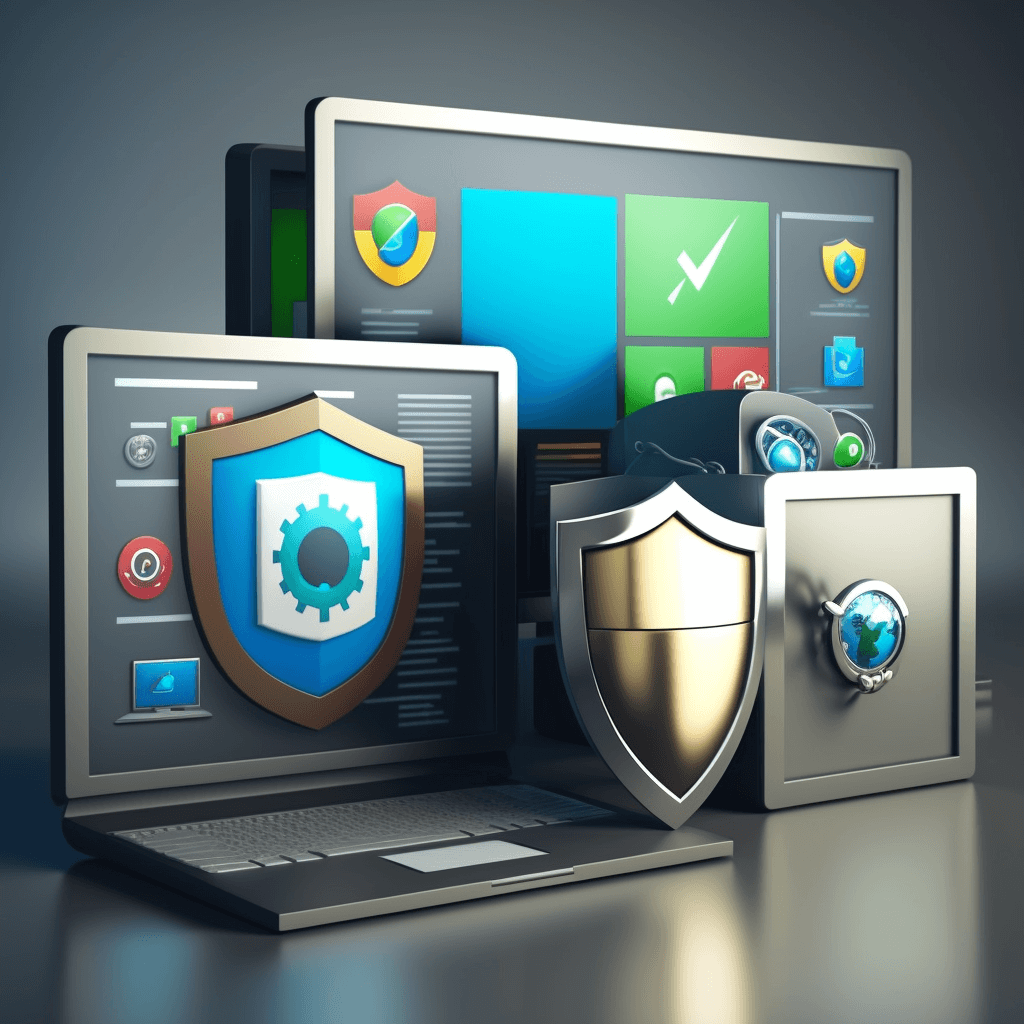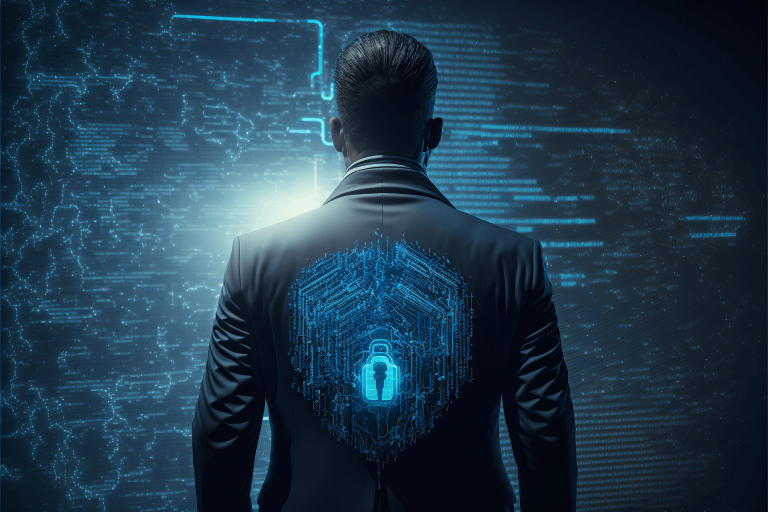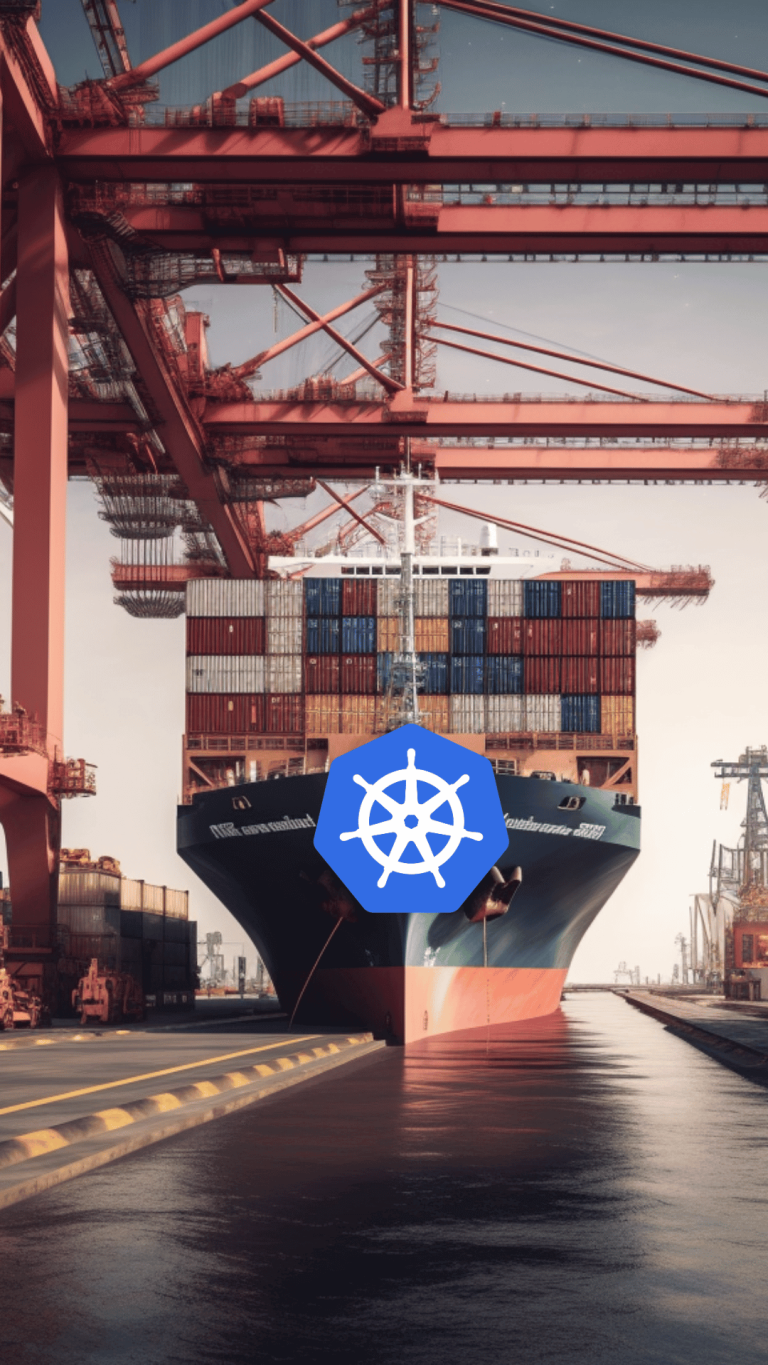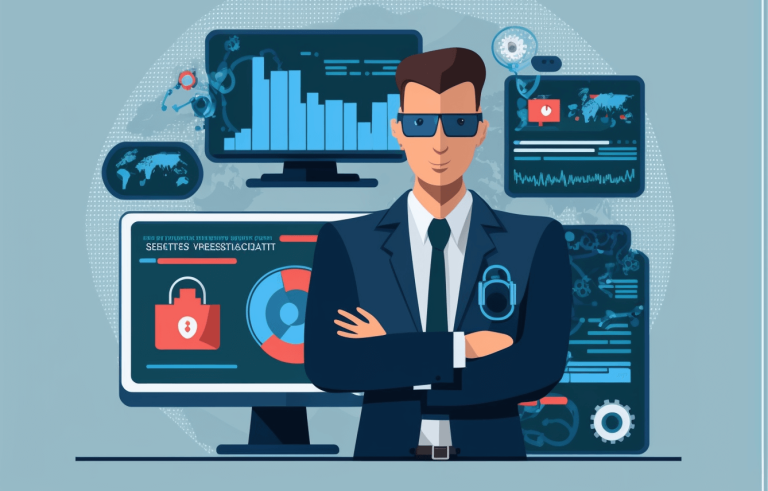Debunking 5 Misconceptions about Digital Security Products
Digital security products such as antivirus software, firewalls, and encryption tools are essential for protecting your business against cyber threats. However, there are several misconceptions about these products. This can lead to poor security practices and leave your business vulnerable to attack.
In today’s post, we’re going to debunk five common misconceptions about digital security products. By understanding the reality behind these misconceptions and taking a more comprehensive approach to digital security, you can better protect your data and systems from cyber threats. So, let’s dive in and debunk.
1 – I’m Fully Protected Once I Install Security Products.
While security products like antivirus software and firewalls are essential for protecting against cyber threats, they are not foolproof. You’re going to need to do a number of things to stay covered:
- Regularly update your security products
- Maintain strong passwords
- Educate your employees on best practices
While investing in reliable security products is crucial, it’s important to recognise that they’re not the only line of defense. Many threats can bypass even the most sophisticated security software. Developers are continuously updating their products and cybercriminals are constantly developing new methods to infiltrate systems. Therefore, it is essential to regularly update your products to keep up with new threats and new solutions.
Another important aspect of maintaining strong digital security is practicing good password hygiene. Employees should be instructed to use unique and complex passwords for each account, and to change them regularly. They can do this by;
- Avoiding complete words
- Swapping out letters for numbers – 3 instead of E for example
- usINg A mixtURE oF CaSeS
- Including special characters such as ! _ * &
This can help prevent unauthorised access to sensitive data.
Moreover, you should provide regular training to help them recognise and avoid common threats like phishing attacks. This can help employees understand how to protect themselves and the company from cyber threats.
Lastly, businesses should regularly review their security protocols and update them as necessary. This can involve performing regular security audits, identifying potential vulnerabilities, and implementing new security measures to address any weaknesses.
2 – I Don’t Need Security Products, I Have Nothing Valuable to Protect.

This is a dangerous mindset as all businesses, regardless of size or industry, have sensitive information that cyber criminals can exploit.
It is important to invest in security products that can protect against various types of cyber threats because cyber threats are constantly evolving, and attackers are becoming more sophisticated. As a result, relying on a single type of security product or solution may not be enough to protect your business from all types of attacks.
Protecting your business against cyber threats requires investing in a range of security products. These products are designed to guard against different types of attacks, such as;
- Malware
- Ransomware
- Phishing
- Social engineering
A layered approach to security, which combines different products and solutions, provides multiple layers of protection and significantly reduces the risk of falling victim to a cyber attack.
Investing in security products that cater to the specific needs and challenges of a business can enhance the effectiveness of its protection. For instance, investing in compliance-focused security products can prevent costly fines and penalties for businesses operating in highly regulated industries.
3 – Free security products are just as good as paid ones.
While free security products can offer some level of protection, they may not be sufficient for you business. Particularly if you require more advanced security features and dedicated support. Paid security products often come with more comprehensive and customisable features, such as;
- Advanced threat detection
- Network monitoring
- Data encryption
They may also offer dedicated customer support to help businesses troubleshoot issues and stay up-to-date with the latest security updates. Moreover, free security products may have limitations on the number of devices they can protect. This can be a significant drawback if you have multiple devices and endpoints.
Some free products may only offer protection for a limited period or a limited number of features, such as only protecting against viruses and not against other types of cyber threats like ransomware or phishing attacks. Paid products, can offer protection against a wide range of cyber threats and can be customised to meet specific needs.
This logic does extend outside of security products and into productivity tools we have some suggestions in 5 Essential IT Tools Every Small Business Should Have
4 – I Don’t Need to Back up my Data Now, Right?
While digital security products like antivirus software and firewalls are crucial for protecting against cyber threats, they are not the only aspects of a comprehensive data security plan. Data loss can occur due to a variety of reasons such as hardware failures, natural disasters, or human error. Therefore, it’s important for businesses to implement a robust backup and disaster recovery plan to ensure business continuity in case of a disaster.
Backing up data means making copies of important data and storing them in a secure location. This practice ensures that if the primary data is lost, stolen, or corrupted, a backup copy can be used to restore the lost data. The backup can be either onsite or offsite, depending on the specific needs of the business.
In the event of a disaster, a comprehensive disaster recovery plan can help businesses to recover quickly and minimise downtime. This plan should include steps for restoring data, applications, and systems to their normal functioning state. The plan should also define roles and responsibilities of each member of the team, establish communication channels, and set recovery time objectives.
Regular testing of the backup and disaster recovery plan is also essential to ensure its effectiveness. This can involve performing mock disaster scenarios and evaluating the ability of the plan to restore critical data and systems in a timely manner.
We have took a deeper dive into the importance of backups in one of our other posts Why Data Backups are Essential for your Business
5 – It’s Going to Slow Down my System
It’s true that some security products, especially those that require frequent updates or real-time scanning, can have a small impact on system performance. However, the benefits of having reliable protection far outweigh any decrease in speed. Cyber threats can cause significant damage to a business, including financial losses, reputational damage, and even legal liability. Therefore, it’s crucial to invest in security products that can provide comprehensive protection against a wide range of threats.
When choosing security products, it’s important to select ones that are optimised for performance. This means that the products should be designed to protect without significantly slowing down system processes. Some security products have features like machine learning. This can improve performance over time by learning from the user’s behavior and usage patterns. Additionally, some products offer customisable settings, allowing users to adjust the level of protection based on their specific needs and the resources available on their systems.
It’s also important to regularly evaluate the performance of security products to ensure they are functioning optimally. This can include monitoring system resources, like CPU and memory usage, to identify any issues that may be affecting performance. If a product is causing significant slowdowns, it may be necessary to adjust the settings. You might even need to switch to a different product that is better suited to the system’s needs.
Conclusion
Ultimately, you should prioritise security over speed when it comes to choosing digital security products. By investing in high-quality, performance-optimised products and regularly monitoring their performance, you can ensure you’re getting the best possible protection without sacrificing system speed or efficiency.







